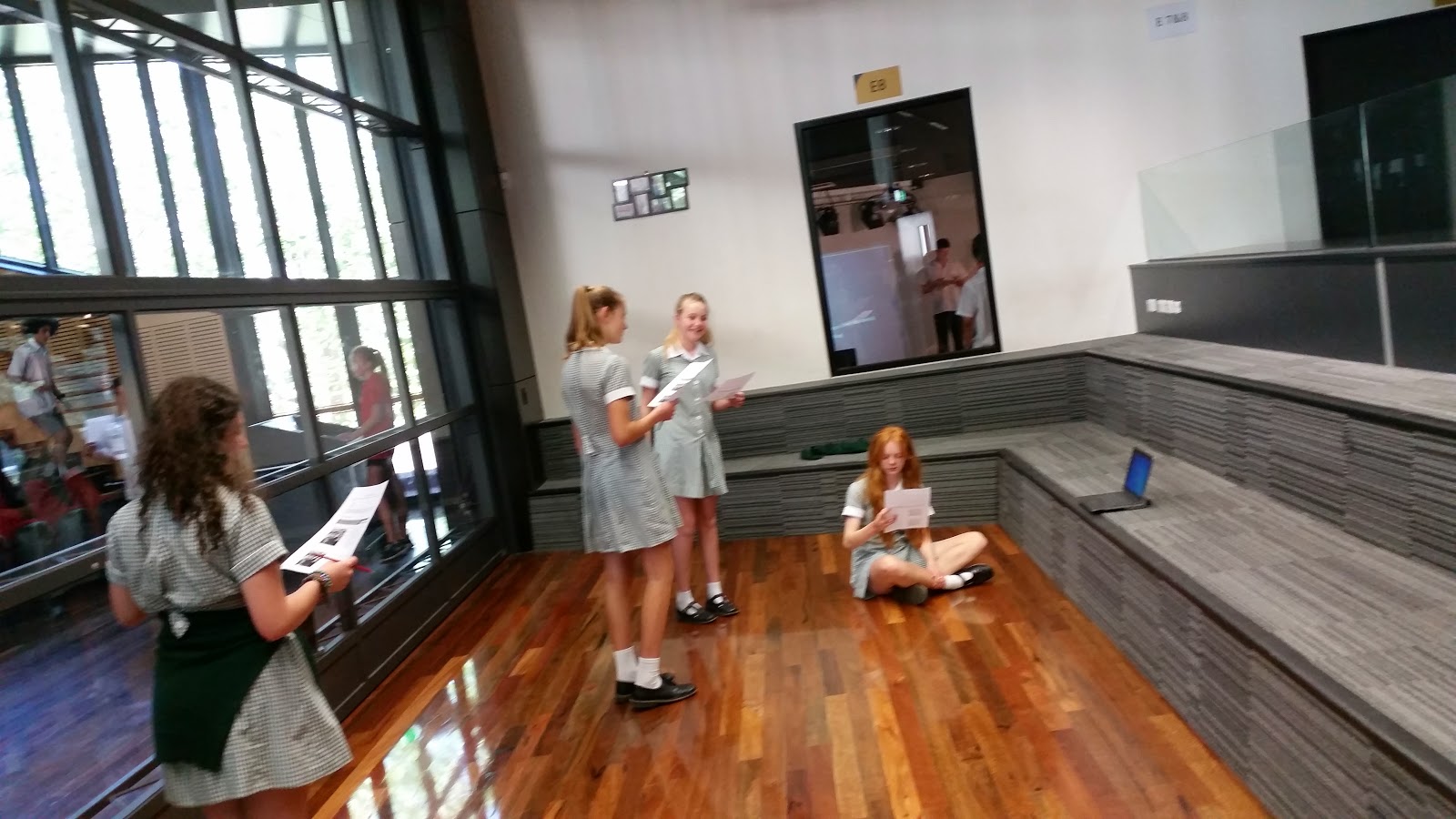'A' words rather than the 'F' word
 |
| Powerful words setting the scene - Alamanda College |
Breathe and rest assured that when I say the 'F' word, I am picking up on a key phrase from Education Consultant, Julia Atkin who suggests we could ban the 'F' descriptor when discussing, designing and evaluating learning spaces:
flexible
Julia's rationale is that 'flexible' does not necessarily describe the explicit purpose. Instead, thinking of our learning environments in terms of the following descriptors of spatial literacy, we are able to become more purposeful:
agile - adaptable
Agile adaptable refers to the ability to be able to move furniture very quickly in order to respond to an immediate need - perhaps student / parent / teacher conferencing or a guest speaker.
adaptable
Adaptable, on the other hand, is a space that can be designed, adapted and arranged overnight.
 |
| This black wall is able to be swivelled to create a variety of spaces. |
If we want to encourage collaboration, personalisation, enable students to be creative; makers; problem solvers and critical thinkers, we need to be designing spaces that allow us to open up the learning. This may require a number of spaces that are open, integrated, shared, purposeful and have the appropriate visual clues or:
affordance
 |
| What types of learning could be happening here? |
If we want collaboration, a sense of community, conversations, student engagement, as both Julia and Mark both pointed out, we best learn from DOING these. Therefore, in order to create these types of learnings, with the appropriate affordance, we need to activate space.
 |
| Peer tutoring -a whiteboard at their height |
When we have a clear vision, the WHY / WHO - our values and beliefs of our vision, and the HOW those principles are valued, we are able to design spaces (the WHAT). Using a Lens of Coherence and transparency acts as a way of ensuring the VISION is upheld, and enacted.
 |
| Alamanda College's visible and clearly articulated vision |
Leading change involves changing mindsets and disrupting mental models. To conclude, I will use Julia's saying, which was quoted often on our visits:
Instead of either or...
How might we create both?









Comments
Post a Comment